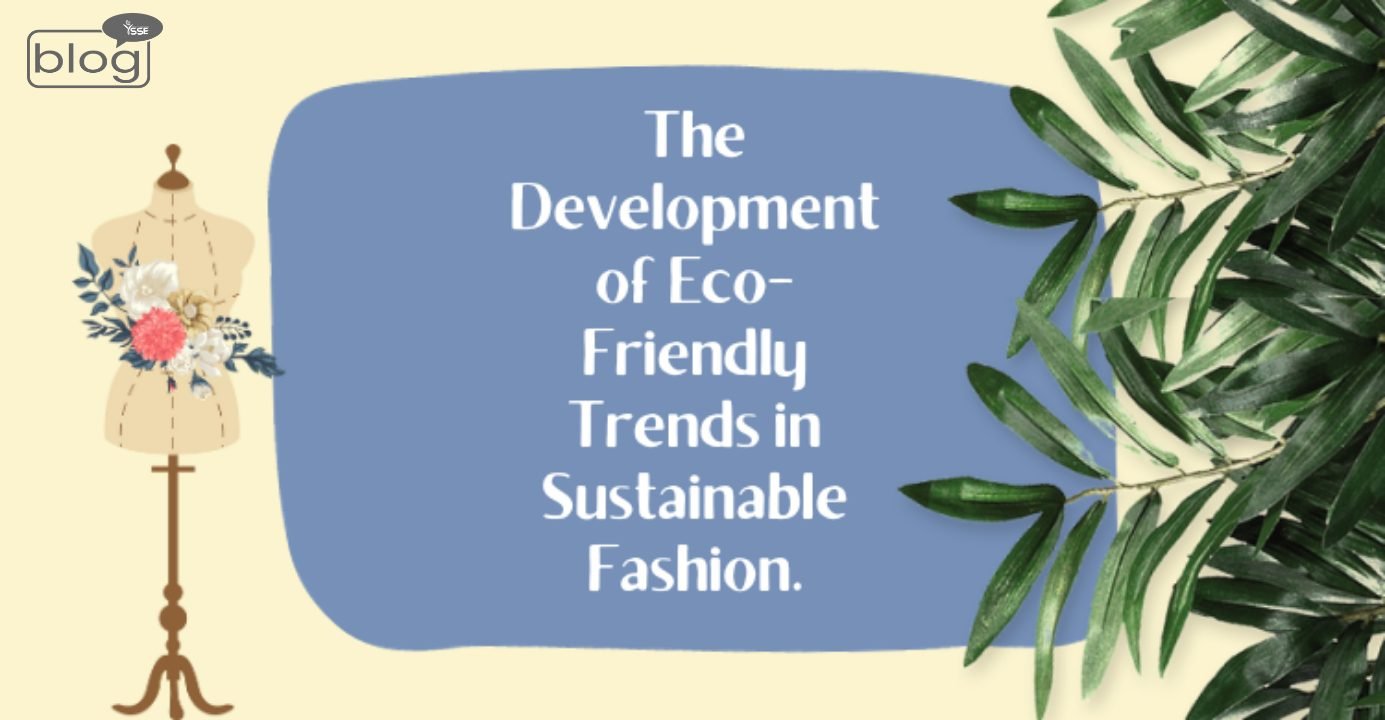The industry of fashion is going through a notable transition towards sustainability, as consumers seek more eco-friendly choices. The slow fashion movement and eco-friendly techniques are shaping the way things are made in the future. This blog will look at the newest eco-friendly fashion trends influencing the fashion industry’s future:
Clean And Green Fashion :
One of the global companies with the highest pollution levels is fashion. Animals and the environment are both harmed by the industry. It is consequently essential to make the production process green and clean. Consumers no longer tolerate harmful fashion in the age of consumerism. Customers value eco-fashion and dress for the environment.
Sustainability brings the future into focus. Green fashion helps to maintain a cleaner and better living environment on Earth. Consumers love eco-friendly clothing that has less impact on the environment. Green products are those that are manufactured using renewable resources. On the other hand, clean suggests using natural or synthetic materials that are safe for human health. Non-toxic products have no components. As a result, they can enhance Earth’s and Earthians’ health.
Eco-friendly Raw Materials :
In an attempt to prioritize sustainability first, manufacturers are adopting eco-friendly fabrics made of recycled polyester, organic cotton, plants, fruits, microorganisms, and bamboo. H&M’s Garment Recycling Programme is one of the fashion industry’s successful initiatives for eco-friendly textiles; in 2019, the program collected enough fabric to make 145 million t-shirts.
Slow Fashion :
In opposition to the fast fashion industry, the slow fashion movement stresses quality over quantity and urges customers to value classic, timeless designs.
Thrift Fashion :
The need to cut down on excessive clothing expenses while promoting an anti-waste culture has led to the rise of thrift fashion and the buying of pre-owned goods. It is not rare to discover that many A-list celebrities, rich socialites, celebrities, or people from wealthy families buy clothes that they wear for a short while before throwing it away.
Upcycling :
Upcycling minimizes textile waste, gives customers unique and sustainable fashion options, and turns worn-out or abandoned clothing into new, valued goods. The fashion industry’s top upcycling success stories include Patagonia, Beyond Retro, and Urban Outfitters.
Rental Market:
The capacity of customers to get designer and high-street clothes without having to buy them has been changed by the rental market and fashion subscription platforms. These services reduce the environmental effect of clothing manufacture and promote sustainability by giving customers the ability to rent, wear, and return items. Major brands leading the way in this market include: Rent the Runway, My Wardrobe HQ, Hire Street, Rotaro, Le Tote.
Transparency And Consumer Education :
Promoting sustainable fashion practices requires educating customers and promoting transparency. By the spread of information on the environmental effects of garment manufacture, brands raise awareness and promote the use of sustainable actions.
Not only is sustainable fashion increasing, but it’s essential to the future of the fashion industry. By adopting eco-friendly materials, moral supply chains, and innovative approaches like upcycling, recycling, and renting services, we may take steps toward a more sustainable future. Transparency, consumer education, and technology developments will be critical in promoting sustainable fashion trends and building a more eco-friendly future for everybody as the industry develops.
To read more blogs like this, click here.
Writer :
Nupur Akter
Intern
Content Writing Department,
YSSE

